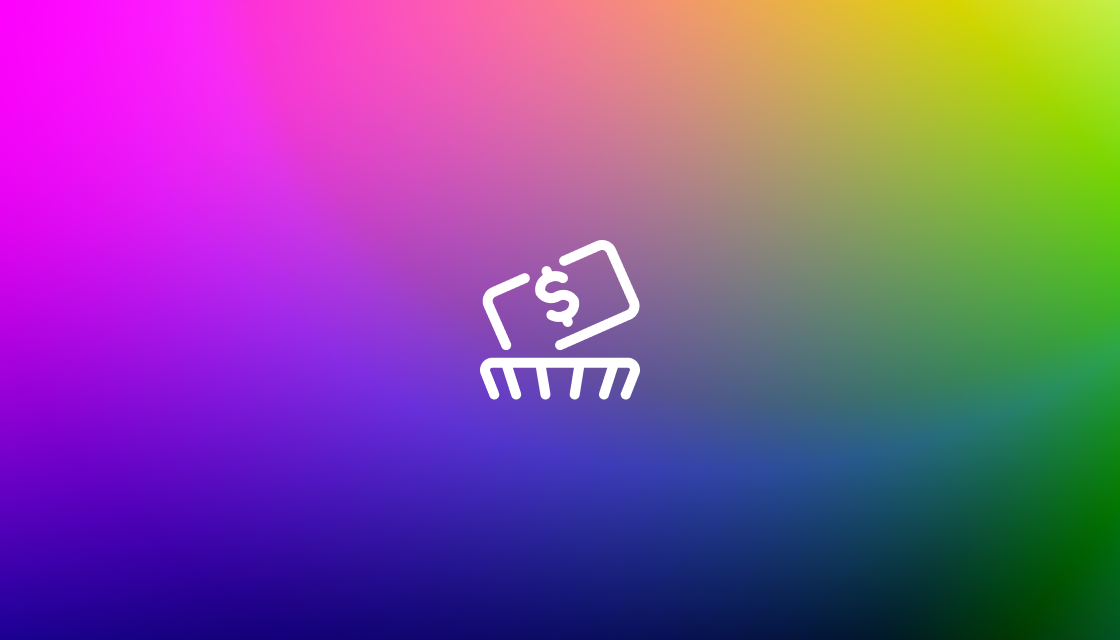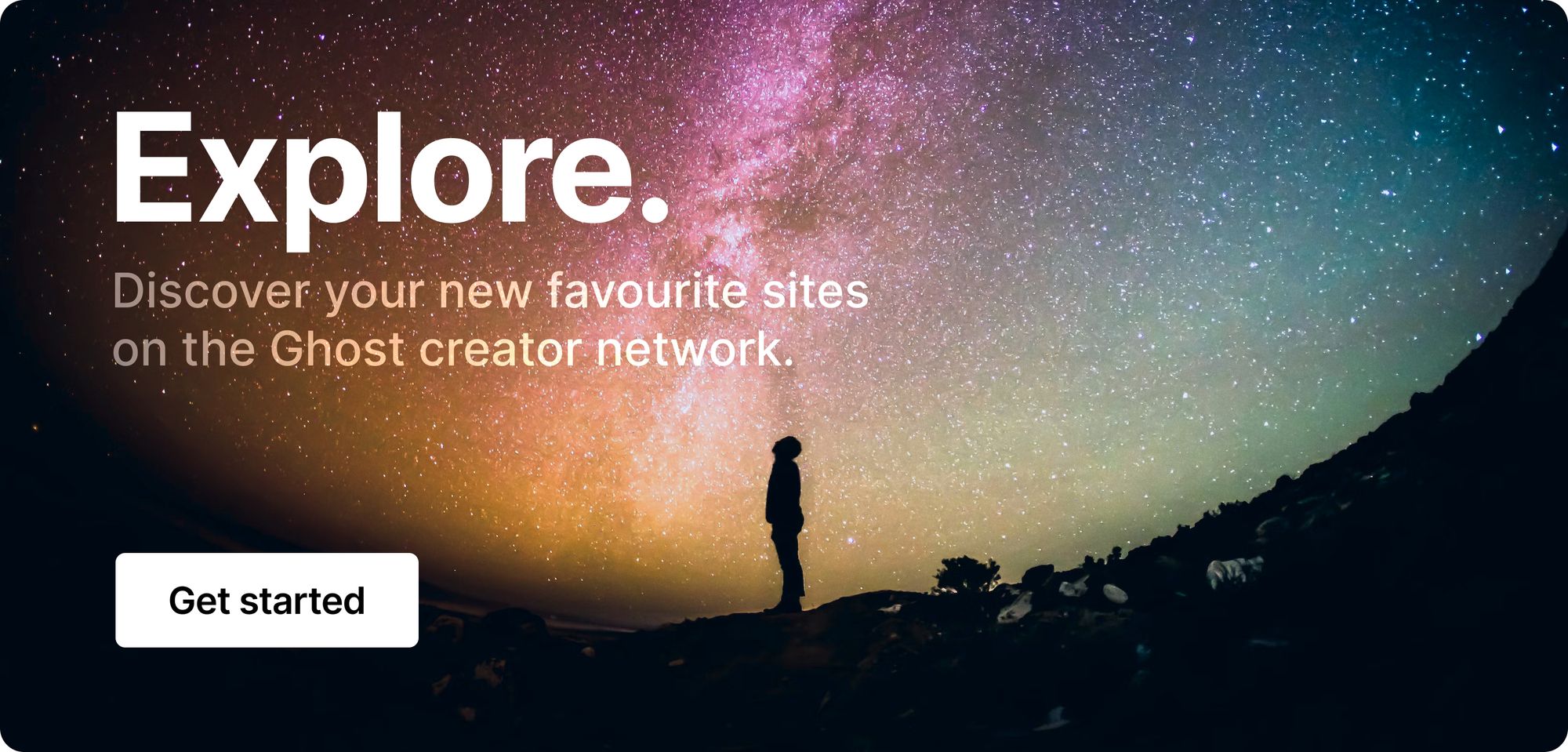💸 If money is a tool, what's the best way to use it?
The short answer: slowly. As you build your content business, pay attention to what works. Then when you spot opportunities, use money as a way to increase their success.
Premium themes, freelance assistants, and paid promotions all have their role to play in growing your business. But none of them will move the needle like you can by just showing up every day and doing your best work.
💬 In this week's issue:
- Funding. Learn how to support your business until it can support you.
- Recession-proof. Tips for thriving in uncertain times.
- Evidence. Five questions to make sure you're on the right path.
🏦 How to fund your creator business

When most people think about funding a business, their mind immediately jumps to things like venture capital and bank loans. Now, if you need a huge influx of capital to get your idea off the ground — these may be good options. But for the majority of creators, there are much better, easier, and cheaper funding options.
First, get clear about how much money you need and what it will be used for. Aside from your website and hiring freelance help, the costs involved in running a content business are minimal.
Second, budget how much you can spend on your business per month using the money you already have.
- Can you set aside some of the paycheck from your day job to fund your project?
- Do you have a savings account you can withdraw from while your content gains traction?
Only after you've taken these steps should you start to look at external options such as:
- Getting a part-time job to help fund your content.
- Adding a service element to your business (i.e., freelance writing, video editing, graphic design, etc.).
- Applying to local grant programs.
- Or asking for short-term investments from friends and family.
At the end of the day, the most important funding will be the time and energy you're willing to invest in your project. Sweat equity is a powerful multiplier.
🗞 Latest tips & stories
- How to enable audience feedback in Ghost
- Can this AI blog title generator help you get unstuck?
- Send a custom welcome email with Ghost + Zapier
- Where do people get their news? Mostly TikTok
- Why topic clusters matter for blog growth
📉 Recession strategies for new creators

Continuing with the theme of money, the word "recession" has been thrown around with increasing frequency both on- and offline. And while it may sound scary, the steps to preparing yourself are easier than you might think.
The way you survive (and even grow during) a recession is the same step-by-step plan required to build a sustainable business — regardless of the economic climate.
- Keep your overhead low. As we mentioned above, the costs involved in running a creator business are minimal. You don't need a suite of expensive tools or a dozen contractors when you're just getting started. Start small and build slowly, because the longer you stay in the game, the higher your chances of success.
- Diversify your revenue. People use the analogy of a chair when discussing revenue streams. A chair with one or two legs isn't going to stand very well. But with three or four, suddenly it becomes very stable. (And if you keep adding legs you get a very weird-looking, but solid chair 😅).
- Build a community. The greatest advantage a creator has over a large, enterprise-type business is the connection to their customer. Your relationship with your reader or subscriber is the ultimate unfair advantage because it enables you to move quickly while giving people what they actually want. Find a person who deeply understands their audience and you'll find an unbreakable business.

📍 Is your newsletter on the right track?

Newsletter writer Josh Spector has worked with hundreds of creators during the last few years. Recently, Spector summarized the guidance they offer into 5 simple questions any creator can ask themselves to gauge whether or not their efforts are building towards what they want.
- What does it mean for your newsletter to “work?” — Essentially, what is the specific goal you're after and why. Having 10,000 subscribers is arbitrary. But getting $5,000 a month in recurring income because it will allow you to leave your job is the kind of concrete goal you can really lean into.
- Do you get any unprompted feedback? — Are people responding to your work, positively or negatively? If not, it may be a sign that your content is too safe or too generic to elicit a response.
- Have you given your newsletter enough time to work? — We've written before that "the first 100 issues or articles are practice." Although it may not actually take that long for you to start seeing results, try to give yourself at least 1-2 years to achieve your goal.
- Do you think your newsletter is good? — For this question, it's time to get brutally honest with yourself. Would you subscribe to your content? Would you pay for it? And if not, what would you change and why?
- Is your problem awareness or conversion? — Finally, use your analytics to direct your next steps. Do enough people know about your work (awareness)? And do those people take action (conversion)? You can 100% solve either challenge, but with different strategies.
👀 Curators pick

❤️ Enjoy this newsletter?
Forward to a friend and let them know where they can subscribe (hint: it's here).
Anything else? Hit reply to send us feedback or say hello.
Join an invite-only community! Connect with like-minded people who create content professionally — apply here.






